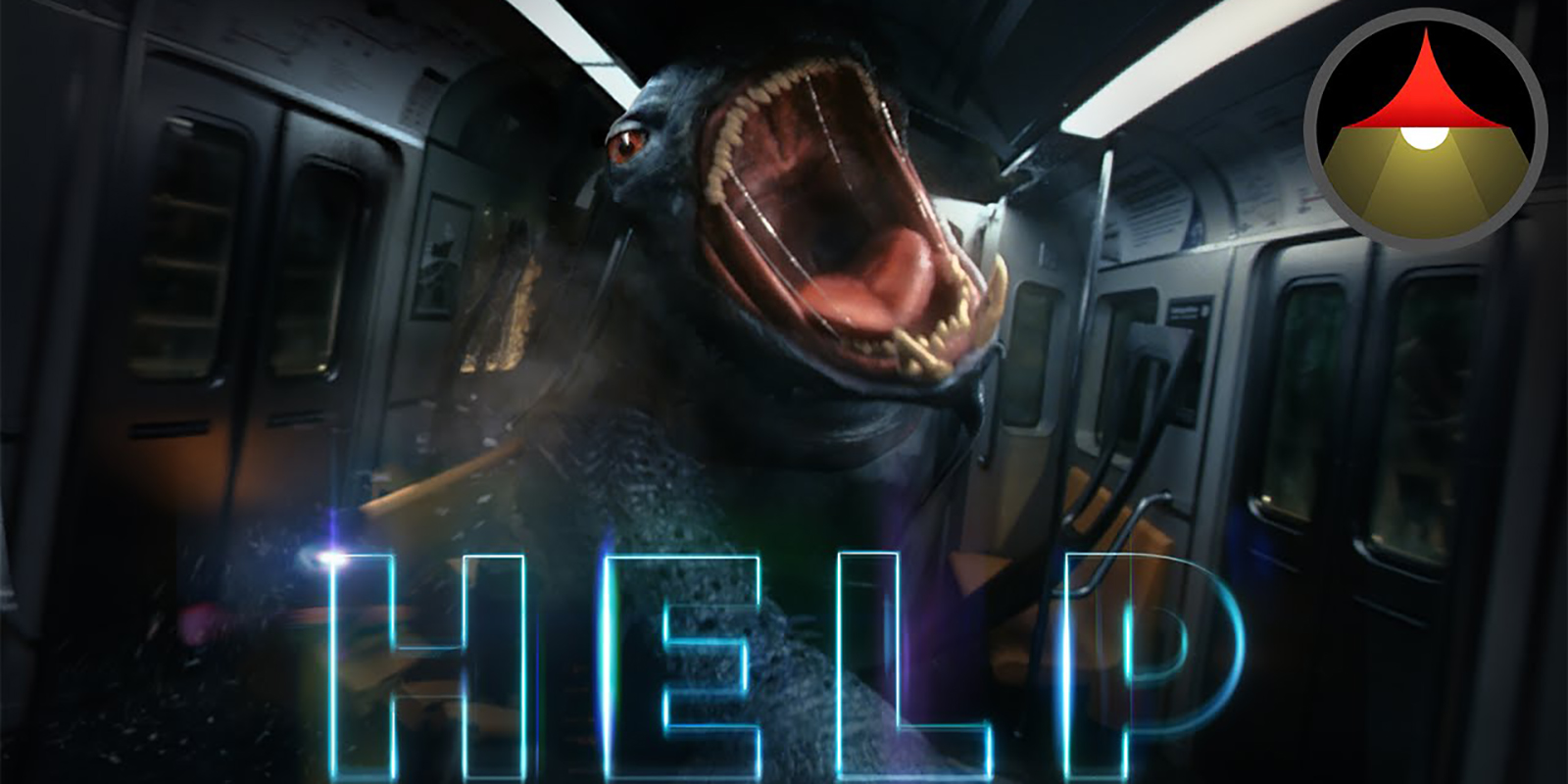Narrative-Based VR Will Change The Way You Watch Movies In The Future
Ever since the commercialization of virtual reality, the ceiling on how interactive media can compel viewers has dramatically been raised.
Though in its relative infancy, Virtual Reality has provided developers and cinematographers new insight into how audiences experience their narratives, with examples such as Google Spotlight Stories breaking the barrier of gimmick and traversing into critical art with Pearl receiving an Academy Award nomination this year.
The short film, as viewable above, is a VR exploration into a coming of age story of a young girl sharing in her father’s music profession as they take a road trip through the years.
The film, directed by Patrick Osborne, who oversaw the brilliant short Feast, is a cinematic genius, yet required the help of Rachid El Guerrab, who heads Google’s ATAP Program, to overcome one of the largest problems that interactive media has depicting narratives.
The major problem that VR provides cinematography is that there is no guided perspective. By relinquishing camera control to the viewer, even if the viewer isn’t moving, it’s incredibly difficult to have the viewer frame a shot perfectly to what you want to show them.
Hell if you’re so inclined and have a VR headset you could watch Pearl looking down the entire time and not grasp any of the gravitas of the story.
In fact Rachid comments on this in an interview with Inverse stating,
“Handling of your attention as a viewer has been the biggest challenge and the one where we put the most effort in figuring out what works.”
Video game developers such as Valve have constantly addressed this very concern through their level design and use of lighting to subtly guide players through an environment without handholding and allowing audiences to take agency within their narrative.
As demonstrated through Pearl and their other Spotlight stories, the team managed to construct a system known as a ‘follow camera’ that utilizes the same type of philosophy that changes the environment and has visual cues for audiences to be distracted from the space around them and removing the necessity for jump cuts to transition from scene to scene.
Now VR is allowing for an even more immersive experience that both cinematographers and developers are taking advantage of.
Even recently the latest entry into Capcom’s long-running Resident Evil franchise has players navigating the horrors of a delapidated Louisiana estate in a True Detective-Esque fashion (to which I can personally attest is one of the most frightening experiences I’ve had recently).
Even Dear Angelica, Oculus’ new interactive short that was displayed at Sundance this year is pushing the boundaries on how 3D design is being utilized by directors in an artistic fashion.
The implication that cinema will be revolutionized is completely understated, VR in the hands of great developers such as Google has the capacity to change how we consume visual media.













You must be logged in to post a comment Login